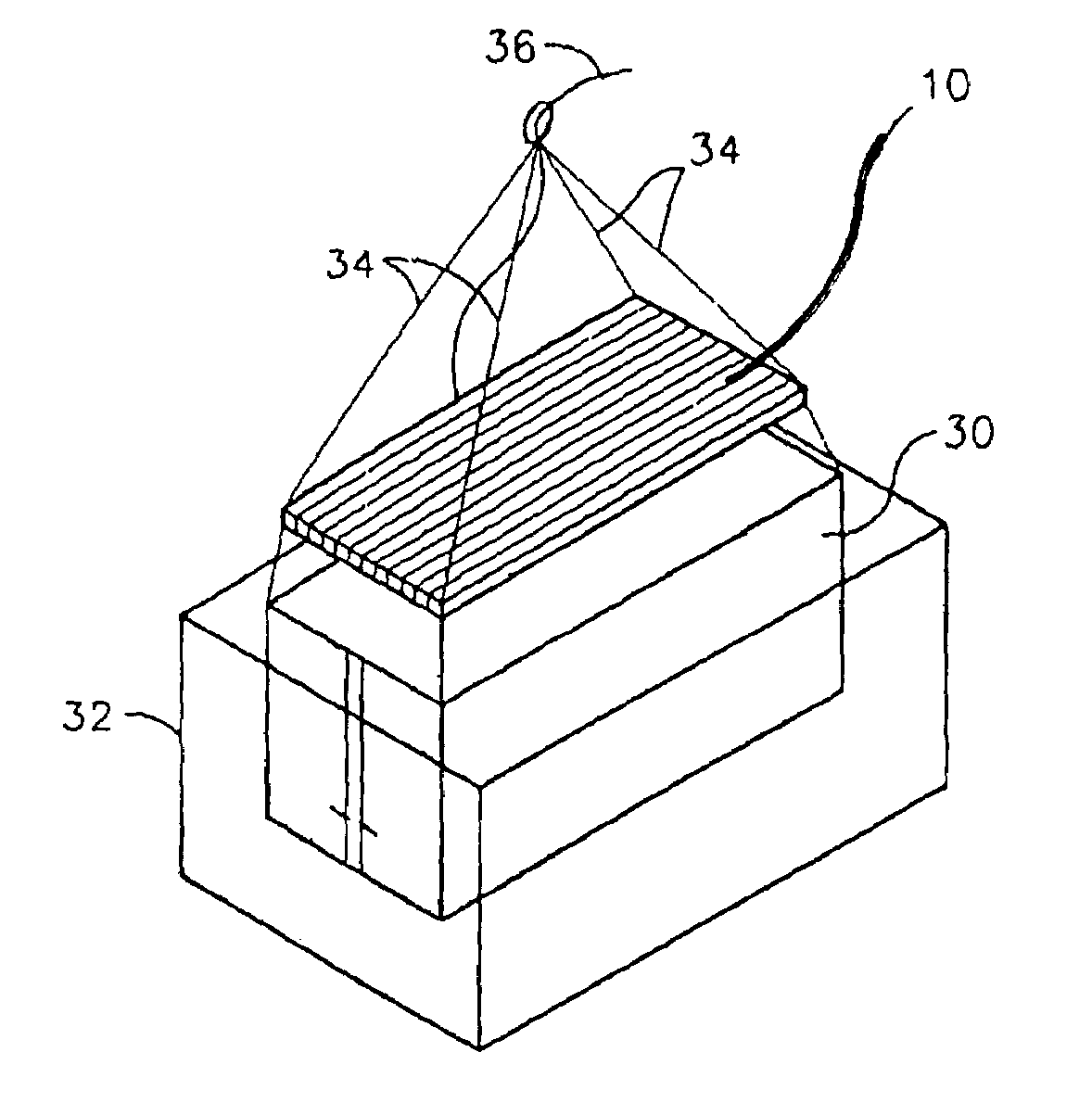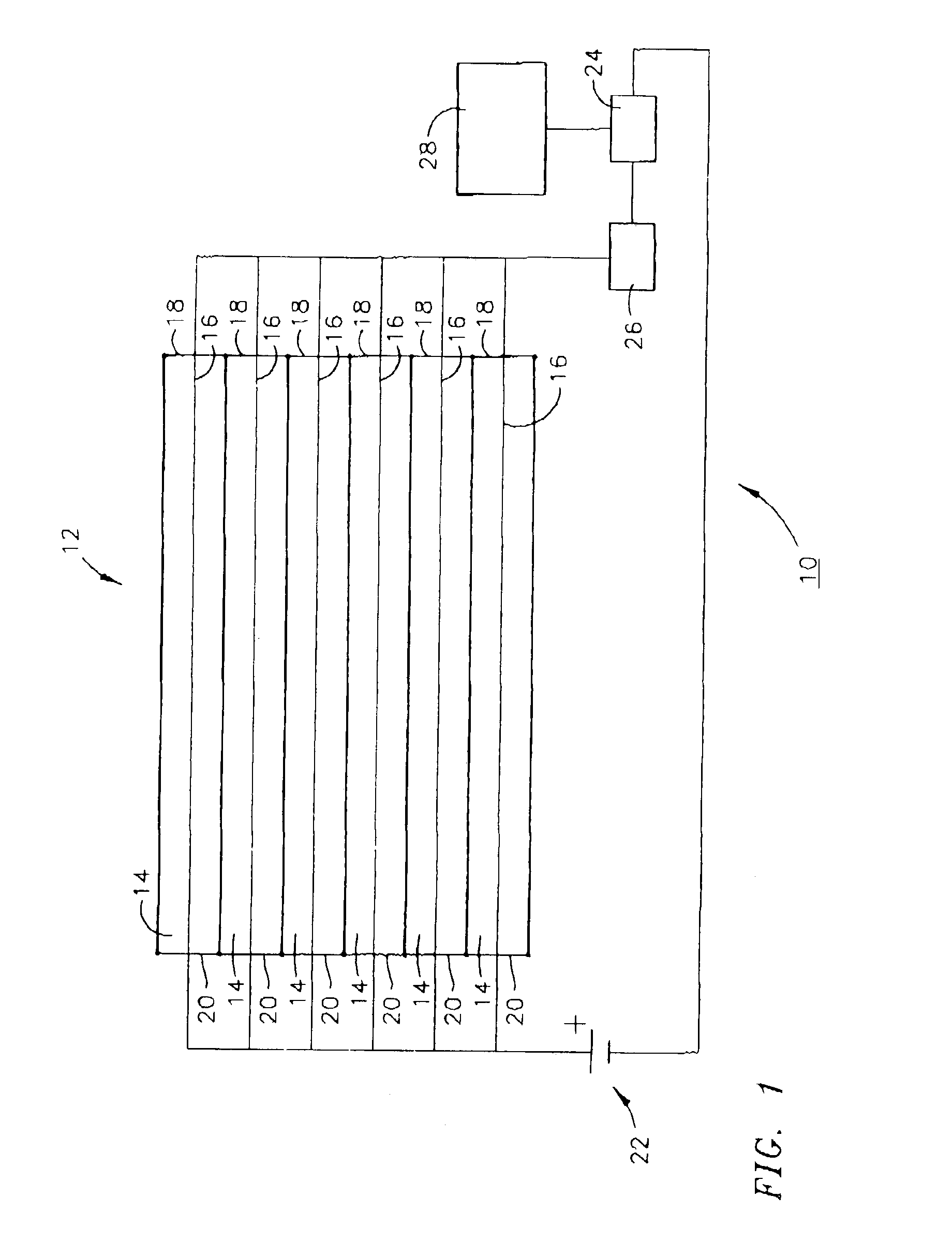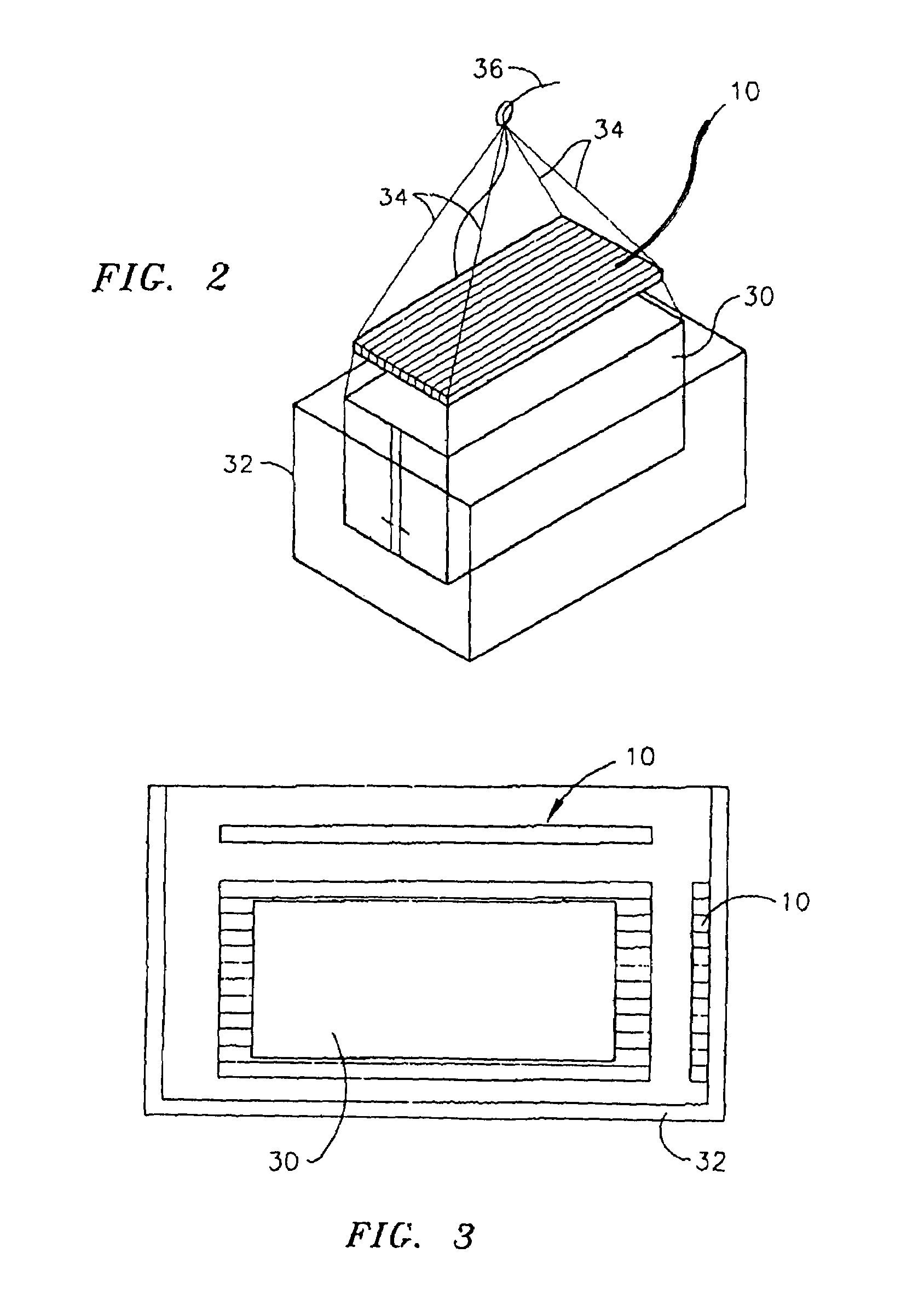Nuclear cargo detector
a cargo detector and detector technology, applied in the direction of instruments, fire alarms, optical radiation measurement, etc., can solve the problems of requiring 400 additional inspectors, affecting the detection accuracy of cargo detectors, etc., to achieve the effect of saving industry and extra $1.2 million per month, and reducing the amount of cargo
- Summary
- Abstract
- Description
- Claims
- Application Information
AI Technical Summary
Benefits of technology
Problems solved by technology
Method used
Image
Examples
Embodiment Construction
[0013]The method and apparatus for the detection of nuclear materials in cargo containers described herein is one that has been used in high school physics experiments for the detection of X-ray and gamma ray emitting materials for many years. To the best of our knowledge however, it has never been incorporated into a system that could be used for the purpose described herein or configured as described herein for the detection of nuclear materials in cargo containers.
[0014]Referring now to FIG. 1 that depicts a simplified cross-section of a detector module 10 of the type described herein, detector module 10 of the present invention comprises an array 12 of conductive plastic or metal tubes 14 each having a thin wire 16 extending from one end 18 thereof to the other end 20 thereof. Wires 16 are connected at end 20 to the positive electrode of a high power dc power source or battery 22. At opposing end 18, wires 16 are attached to an amplifier 24 through a resistance 26 that decouples...
PUM
 Login to View More
Login to View More Abstract
Description
Claims
Application Information
 Login to View More
Login to View More - R&D
- Intellectual Property
- Life Sciences
- Materials
- Tech Scout
- Unparalleled Data Quality
- Higher Quality Content
- 60% Fewer Hallucinations
Browse by: Latest US Patents, China's latest patents, Technical Efficacy Thesaurus, Application Domain, Technology Topic, Popular Technical Reports.
© 2025 PatSnap. All rights reserved.Legal|Privacy policy|Modern Slavery Act Transparency Statement|Sitemap|About US| Contact US: help@patsnap.com



